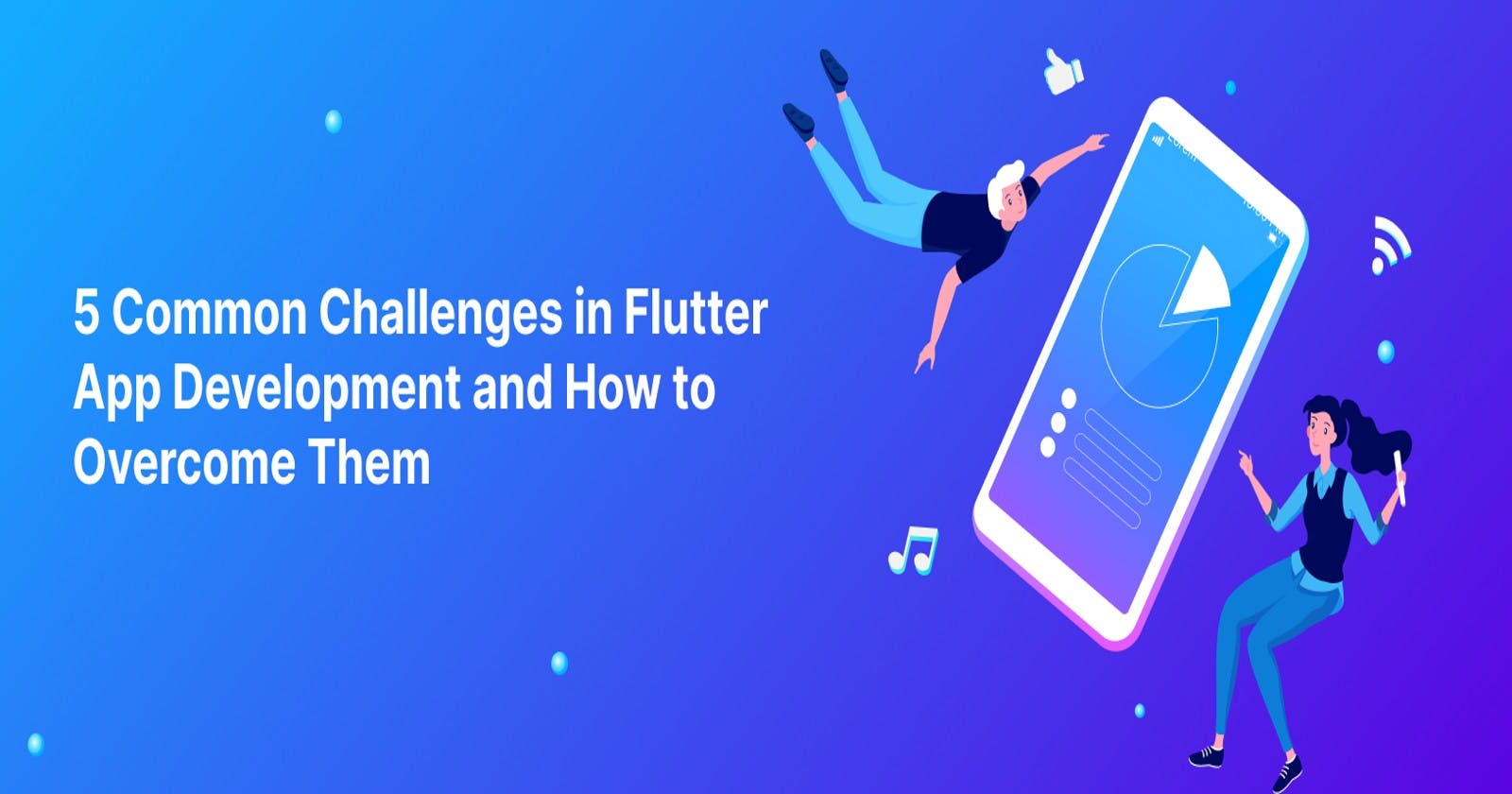5 Common Challenges in Flutter App Development and How to Overcome Them
Flutter App Development Services
Introduction
When it comes to Android and iOS app development, the Flutter framework is now one of the formidable frameworks that offer the developer a great toolkit which they can use to build high functionality, cross-platform applications. Nonetheless, any technology constitutes its own peculiarities and Flutter is not the exception; developers will have to resolve these inconveniences or they are going to fail to be successful. This in-depth guide will explore in depth, the five everyday problems faced by Flutter app developers and provide useful solutions to each of these hurdles. Discover our high-end niche Flutter Development Services, built to assure the success of your mobile app projects. Having already clocked-in several years with the best software company in the market, we are confident that we can you make you achieve top quality cross-platform applications targeting your specific needs.
1. UI/UX Design Consistency
One of the main advantages of Flutter is that it enables designers to develop elegant and very eye-catching user interfaces which greatly facilitates the development of mobile apps. Also, creating a consistent app look and feel across multiple platforms, as well as on screens of different sizes, happen to be quite difficult. Flutter’s widget-based architecture is an ideal solution of this issue as it allows developers to build UI components that can be reused and will fashion to any device and resolution without a problem. By making use of Flutter’s hot reload feature, developers can make a prototype of a product that can be iterated in a real-time process in order to produce a premium-quality user interface.
2. Performance Optimization
While developing Futter app which is known to provide interactively and ones that are also smooth and responsive, comes with a major challenge of app performance optimization for developers. Issues like optimal memory usage, network latency and runtime performance become the decision factors in performance of the Flutter app. These issues can be met by the using the performance profiling tools that are built into Flutter to find out and resolve any slow, sluggish code. Furthermore, iterating lazy loading functions and indexing of data tends to reduce load times and smoothen the performance of the app as a whole.
3. Platform-Specific Integrations
Another rival is that developers encounter Flutter’s capability and API that are different and venue specific. These can present developers with several problems like having to deal, for example, with the camera performance or sensor access issues to name but a few. Platform channels become very powerful for enabling the communication between Flutter and native modules since the native code has full access. The process of taking the platforms would allow the developers to use the APIs of the particular platform and could simply implement native functions into the Flutter apps without any hassle.
4. State Management
It is Basically the nervous system of an app that makes it scalable and manageable avoiding glitches and bugs. The complexity of the apps grows with the complexity of the application state, and it is harder to get the application behavior subsystem working well. It may eventually become a factor affecting the application's performance and becoming a problem when code maintenance issues are concerned. Flutter offers packages for state management like Provider, Bloc and Redux, which have more nettlesome and advantageous sides. Based on a thorough study of the requirements of their application, developers are going to employ the most adequate practice of state management and contribute to the generation of stable apps.
5. Testing and Debugging
App functioning independently sets a base for trusting and stability of the application and this is built through testing and debugging at every stage of the development life cycle. The Flutter environment has some effective options such as Unit, Widget, and Integration Tests for testing and making sure that there are no errors or bugs in the software code. Furthermore, thanks to the Flutter debugging tools (Flutter Inspector and Dart DevTools), developers can pay much attention to the runtime behavior of their apps and identify issues more quickly for the application's optimization. Furthermore, using test-driven development (TDD) in combination with extensive debugging environments of flutter intends to keep testing and debugging process simple and deliver top quality apps with confidence.
Finally, building cross-platform applications in Flutter despite the core potentials, is not immune to the various challenges associated with the software development process. Through solving issues like the platform and architecture specific integrations, performance optimization, consistency of UI/UX design, problem handling, and testing and debugging, the developers will unravel the power of Flutter and be able to provide the users with great experiences. With the knowledge of the given tips, the developers install new powerful software to meet the challenges and finally they will develop applications that are liked and used by all platform users.
Build your business, mobile applications into great revenue generating platforms by utilizing our Flutter App Development Services to the maximum. Having knowledge in this field, we build great high-performance, multifunction designs which the users can highly interact with, resulting in business achievement.

